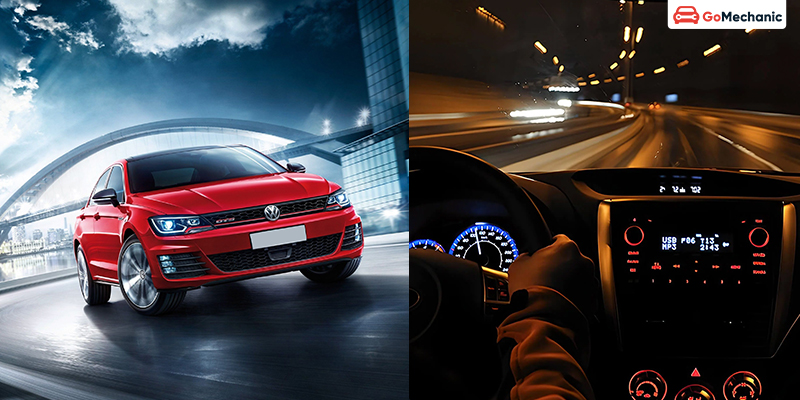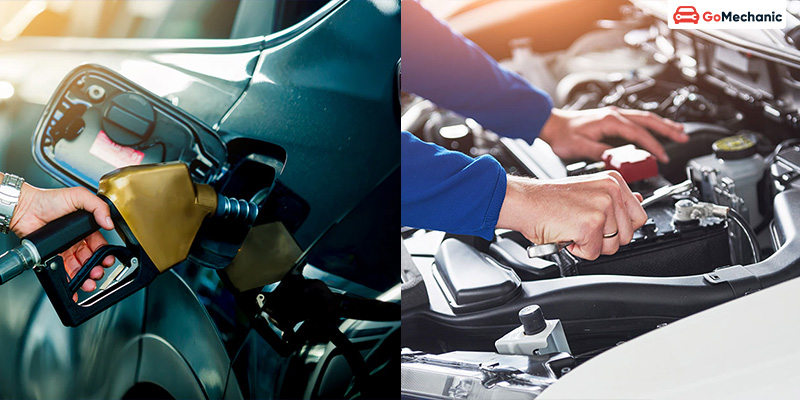The debate between manual and automatic transmissions is as old as the automobile itself, with passionate arguments on both sides. This article aims to explore the nuances of each transmission type, offering insights into their evolution, mechanical differences, and how they suit various driving preferences.
Historical Perspective and Evolution
Manual Transmissions
- Origins: Manual transmissions date back to the earliest automobiles. They require the driver to engage a clutch and shift gears manually.
- Evolution: Over the years, manual transmissions have evolved from simple mechanisms to more sophisticated, complex systems, enhancing the driving experience and control.
Automatic Transmissions
- Development: Automatic transmissions emerged in the mid-20th century as a user-friendly alternative, eliminating the need for manual gear shifting.
- Technology: Initial designs prioritised ease of use. The introduction of technologies like dual-clutch and continuously variable transmissions (CVTs) marked significant advancements.
Mechanical Differences and Power Transfer
Manual Transmissions
- Control: Operated via a clutch pedal and gear stick, they maintain a direct mechanical link between the engine and wheels.
- Power Transfer: Manuals generally ensure optimal power transfer with minimal loss, making them preferred for performance-oriented driving.
Automatic Transmissions
- Mechanism: Utilise complex systems like dual-clutch setups or torque converters with planetary gear sets.
- Efficiency: While automatics offer smooth power transfer, they can experience slight power losses, influencing their overall efficiency.
Driving Experience

Manual Transmissions
- Engagement: Driving a manual is engaging, offering total control over gear selection and engine revs—attributes cherished by driving enthusiasts.
- Precision: Manuals excel in challenging driving conditions, providing precise control required for performance driving.
Automatic Transmissions
- Convenience: Automatics are ideal for urban settings and stop-and-go traffic, prioritising ease and comfort over engagement.
- Adaptation: Modern automatics adapt to varying driving styles and conditions, optimising performance through advanced electronic controls.
Fuel Efficiency and Environmental Impact

Manual Transmissions
- Efficiency: Typically more fuel-efficient due to the direct mechanical connection and the ability to control engine revs manually.
- Eco-Friendly: Tend to produce fewer emissions compared to their automatic counterparts.
Automatic Transmissions
- Advancements: Modern automatics are increasingly fuel-efficient, thanks to precise electronic controls and innovations in transmission technology.
- Emissions: While traditionally higher, emission levels in automatics are improving with each new generation.
Longevity, Reliability, and Maintenance
Manual Transmissions
- Durability: Known for their robustness and longer lifespan, especially with proper maintenance.
- Maintenance Costs: Generally lower, although clutch replacements can be necessary based on usage patterns.
Automatic Transmissions
- Longevity: Modern materials and technology have enhanced the longevity of automatic transmissions, though they typically require more frequent maintenance.
- Complexity: Higher maintenance and repair costs due to more complex components and the need for specialised skills for repairs.
Cost Considerations
Manual Transmissions
- Affordability: Usually cheaper to purchase and maintain, with potentially higher resale values in certain markets.
- Economic Long-Term Value: Often seen as a cost-effective choice for budget-conscious consumers.
Automatic Transmissions
- Initial Cost: Higher due to more complex manufacturing processes.
- Resale Value: Generally lower resale value, although this can vary significantly depending on specific factors like brand and model.
Adaptability to Different Driving Conditions
Manual Transmissions
- Skill Requirement: Requires more proactive involvement from the driver, which can be advantageous in specific scenarios like off-road or uneven terrain.
Automatic Transmissions
- Convenience: Offer a more relaxed driving experience, particularly beneficial in heavy traffic or on long drives.
- Safety and Technology: Typically equipped with the latest safety features and seamlessly integrated with modern vehicle technologies.
Conclusion
The choice between manual and automatic transmissions largely boils down to personal preference and specific driving needs. Manuals cater to those who enjoy a hands-on, controlled driving experience, particularly beneficial in challenging terrains. Conversely, automatics offer convenience and ease, suited for urban commuting and extended trips. As technology progresses, the gap in performance, efficiency, and eco-friendliness between the two types continues to narrow, making the choice even more dependent on individual priorities and lifestyle.





